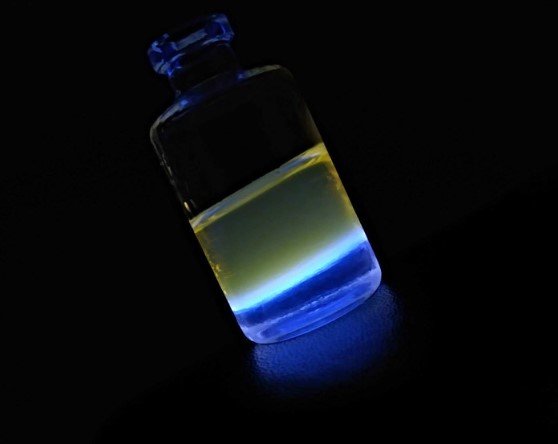A new light-driven chemical process, pioneered by researchers at Indiana University and Wuhan University, could reshape how life-saving drugs are made — and speed up the journey from lab to pharmacy shelves.
A Bright Idea: How Light is Changing Chemistry
For decades, chemists relied on tried-and-true, but often slow, methods to build complex drug molecules. Now, light is stepping into the spotlight — quite literally — to revolutionize this process.
The research team, led by Indiana University’s Kevin Brown and Wuhan University’s Xiaotian Qi, Wang Wang, and Bodi Zhao, developed a chemical reaction driven by light. This reaction produces a group of compounds known as tetrahydroisoquinolines — key ingredients in medications for Parkinson’s disease, cancer, and heart conditions.
So, what makes this so special? It’s all about efficiency. The new approach skips the need for harsh chemicals or energy-intensive reactions. Light triggers the process, guiding molecules to form new, complex structures faster and cleaner than before.

Why Tetrahydroisoquinolines Matter
Tetrahydroisoquinolines are a big deal in medicine. They show up in a variety of treatments:
- Parkinson’s disease medications
- Cancer therapies targeting tumor growth
- Cardiovascular drugs to manage blood pressure
- Painkillers for chronic conditions
Beyond synthetic drugs, these compounds also occur naturally in plants and marine life. The challenge has always been producing them efficiently in the lab. Traditional methods worked — but they were slow, complex, and often hit dead ends when creating more intricate molecular structures.
This new light-driven approach clears those hurdles. It opens the door to designing new drug compounds that weren’t feasible before — or even imaginable.
The Science Behind the Glow
Here’s where it gets really interesting. The process relies on photoinduced energy transfer — a fancy term for using light to fuel a chemical reaction.
The reaction involves two key players:
- Sulfonylimines — a type of nitrogen-containing compound.
- Alkenes — a carbon-based compound.
When exposed to light, these molecules engage in a controlled chemical dance, resulting in the creation of complex, structured tetrahydroisoquinolines. What’s remarkable is how this process reshapes molecular patterns in ways chemists couldn’t achieve with older techniques.
In other words: light doesn’t just speed things up — it’s creating new molecular blueprints. That’s huge for drug developers hunting for innovative treatments.
What This Means for Drug Development
The pharmaceutical world is always racing against time — and biology. Bringing a new drug to market can take 10-15 years and cost billions. A faster, more versatile way to create complex drug molecules could change that.
This breakthrough could lead to:
- Quicker drug prototypes — speeding up early-stage testing.
- New treatment possibilities — unlocking previously unreachable molecular structures.
- Cheaper manufacturing — reducing the cost of producing life-saving medications.
While it’s still early days, the potential is hard to ignore. The researchers published their findings in the journal Chem, signaling that the broader scientific community is paying attention.
The next steps? Scaling the method and testing it on a wider range of chemical reactions. If it holds up, pharmaceutical companies might soon tap into this light-powered shortcut — possibly reshaping how future medicines are made.
